The glasses free 3D TV market is poised for significant growth in 2025, driven by technological advancements, rising consumer demand for immersive viewing experiences, and the increasing integration of 3D content across multiple sectors. As we progress toward a more interactive media landscape, glasses-free 3D technology is expected to be at the forefront of the next-generation television experience.
Glasses Free 3D TV Market Overview
The glasses free 3D TV market has evolved from a conceptual innovation to a tangible consumer product over the past decade. Unlike traditional stereoscopic 3D TVs that require special glasses, glasses-free models utilize technologies such as autostereoscopy, lenticular lenses, and parallax barriers to deliver 3D visuals.
Key market players like Samsung, LG, and Toshiba have invested significantly in R&D to develop high-resolution, glasses-free 3D displays. In 2023, the global market size was valued at approximately $890 million, and it is projected to grow at a CAGR of 26.8% between 2024 and 2025. This growth rate suggests that the market could exceed $1.13 billion by the end of 2025.
Drivers of Growth in the Glasses Free 3D TV Market
Demand for Enhanced User Experience
- The increasing appetite for immersive home entertainment systems has led to greater interest in glasses-free 3D TVs.
- With 4K and 8K becoming more mainstream, 3D content is expected to deliver added value for consumers seeking premium viewing.
Expanding Applications Beyond Entertainment
- Healthcare: 3D visualization is being used in diagnostics and surgery.
- Education: Educational institutions are adopting 3D models for more interactive learning.
- Retail and Advertising: Glasses-free 3D displays enhance customer engagement through lifelike product visualization.
Technological Innovations
- Improvements in head-tracking, eye-tracking, and multi-view rendering allow better alignment and depth perception.
- Companies like Looking Glass and Leia Inc. are pushing the boundaries of volumetric 3D display.
Regional Analysis of the Glasses Free 3D TV Market
North America
North America is expected to maintain a dominant share in the glasses free 3D TV market through 2025, accounting for roughly 35% of global revenue. Factors contributing to this include high disposable incomes, rapid adoption of advanced consumer electronics, and significant media content production.
Asia-Pacific
The Asia-Pacific region, led by China, Japan, and South Korea, is projected to grow at the highest CAGR of 29.3%. Government support for tech innovation and a large base of early tech adopters support the region’s rise as a production and consumption hub.
Europe
European markets, especially Germany, France, and the UK, are gradually adopting glasses-free 3D solutions in public displays, museums, and educational institutions.
Challenges in the Glasses Free 3D TV Market
Despite strong growth indicators, the glasses free 3D TV market faces several challenges:
- High Cost of Production: Advanced optics and display components remain expensive.
- Content Availability: Limited native 3D content hampers the viewing experience.
- Viewing Angle Limitations: Although improving, current technology still struggles with consistency across wide angles.

Glasses Free 3D TV Market Forecast in 2025
Key Forecast Metrics
By 2025, market analysts anticipate:
- Global market size: Exceeding $1.13 billion
- Consumer segment share: 65% (driven by home entertainment)
- Commercial segment share: 35% (advertising, education, retail)
- Unit sales: Estimated at 1.5 million units, up from 750,000 in 2023
Trends Influencing the Forecast
- Rise in AI-generated and real-time 3D content
- Expansion of 5G networks supporting high-bandwidth streaming
- Integration with smart home ecosystems (e.g., Alexa, Google Home)
Competitive Landscape and Future Outlook
Leading Players and Their Strategies
The glasses free 3D TV market is currently led by a mix of legacy electronics giants and emerging startups:
- Samsung & LG: Investing in hybrid OLED-3D panels
- Toshiba: Continuing innovation in lenticular lens tech
- Leia Inc.: Focusing on lightfield displays for mobile and TV
- Looking Glass Factory: Developing volumetric and interactive displays
Strategic Initiatives
- Partnerships with content creators and streaming platforms
- Vertical integration with display and sensor manufacturing
- Emphasis on modular, upgradeable TV designs to extend product lifespan
Conclusion
The glasses free 3D TV market is on the cusp of a transformative leap, with 2025 positioned as a landmark year. Rapid advances in display technologies, increasing affordability, and expanding applications across industries make this a high-potential segment within the broader consumer electronics ecosystem. As key stakeholders align on innovation, content, and usability, the widespread adoption of glasses-free 3D TVs may soon redefine how we consume digital media.
By embedding versatility and immersion at the core of the viewing experience, the glasses free 3D TV market is not only evolving — it is reshaping the future of visual communication.





